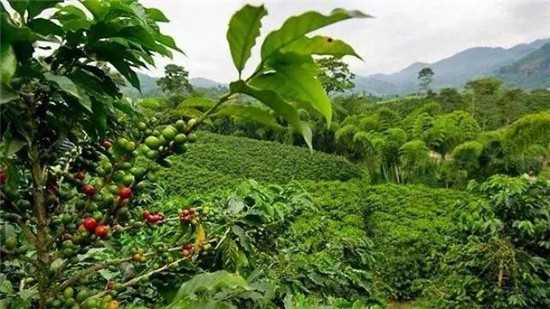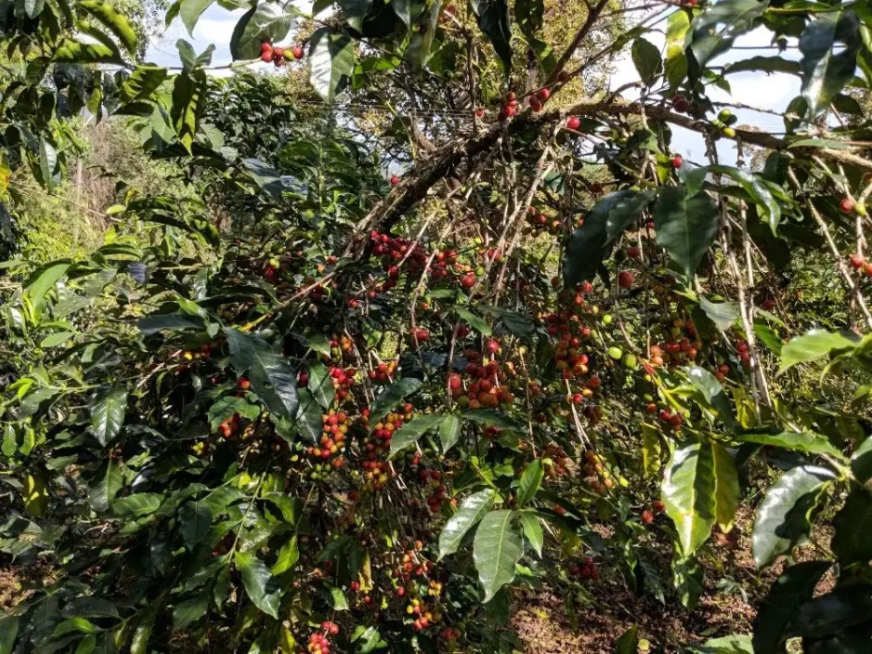How are the top ten coffee in Ethiopia grown? Introduction to the planting model of coffee beans in Ethiopia
Six patterns of Ethiopian coffee
Ethiopia has one of the most diverse seed carrying patterns in the world, with people generally divided into two large planting environments based on vegetation cover, the first being forested areas with shade trees and the second being direct sunlight, from which six planting patterns derive.
I. Forest Shade Model
There are two types of forest shade patterns. One kind belongs to full shade, that is, it refers to artificial planting or traditional wild coffee trees in specific sites. Wild coffee trees are generally grown in mountain forests. After the fruits are ripe, nearby residents come to harvest them. If coffee is grown in an environment close to forests, shade trees nearby are generally of economic value. The other model is semi-shaded, where the planting environment is relatively less vegetated. Local farmers will also do some simple care while planting coffee trees, mainly aiming at yield.

II. Full sunshine mode
The full day pattern is usually planted sparingly in courtyards, with no shade trees surrounding coffee plants, and is common at high altitudes of 1700 - 2000 meters.
III. Garden planting mode
The garden planting pattern, as the name suggests, is that coffee trees are planted in their own yards or near their homes, and are often mixed with other crops, with half shade and full sun.
IV. Agroforestry model
Coffee plants are grown in shade or semi-shade patterns using traditional local trees or fruit trees. Many professional coffee farmers who adopt this method, such as the famous Sidama and Yegashefi, are planted in this pattern.
V. Coffee Estate/Plot
Privatized estates or production blocks of private individuals or enterprises.
VI. Large plantations
The planting area is more than 50 hectares.
Important Notice :
前街咖啡 FrontStreet Coffee has moved to new addredd:
FrontStreet Coffee Address: 315,Donghua East Road,GuangZhou
Tel:020 38364473
- Prev

The world's top ten famous coffee beans Ethiopia boutique country of origin
In 2004, Emerald Manor's Red Label Rose Summer won the Best Panama Green Coffee Bean Competition. But its roots are traced back to neighboring Ethiopia, Africa, where most of the world's coffee beans come from. This has a population of only 100 million and a land area of only 1.1 million square kilometers.
- Next

What are the steps of sun treatment? What are the characteristics of sun treatment? Basic knowledge of coffee flavor performance of sun treatment.
Whether a coffee bean tastes good or not depends on three places: growing environment, treatment process, and baking. What we are going to talk about today is its treatment process, which has always been an important part of coffee. As a process of shelling and taking beans, different treatment methods and quality will directly affect the final flavor of coffee. I'm coming next.
Related
- Beginners will see the "Coffee pull flower" guide!
- What is the difference between ice blog purified milk and ordinary milk coffee?
- Why is the Philippines the largest producer of crops in Liberia?
- For coffee extraction, should the fine powder be retained?
- How does extracted espresso fill pressed powder? How much strength does it take to press the powder?
- How to make jasmine cold extract coffee? Is the jasmine + latte good?
- Will this little toy really make the coffee taste better? How does Lily Drip affect coffee extraction?
- Will the action of slapping the filter cup also affect coffee extraction?
- What's the difference between powder-to-water ratio and powder-to-liquid ratio?
- What is the Ethiopian local species? What does it have to do with Heirloom native species?

